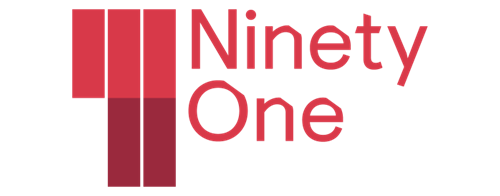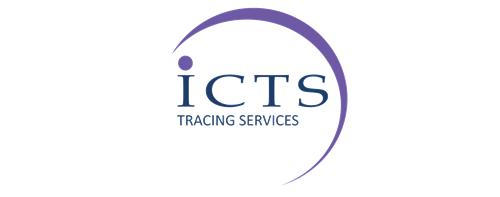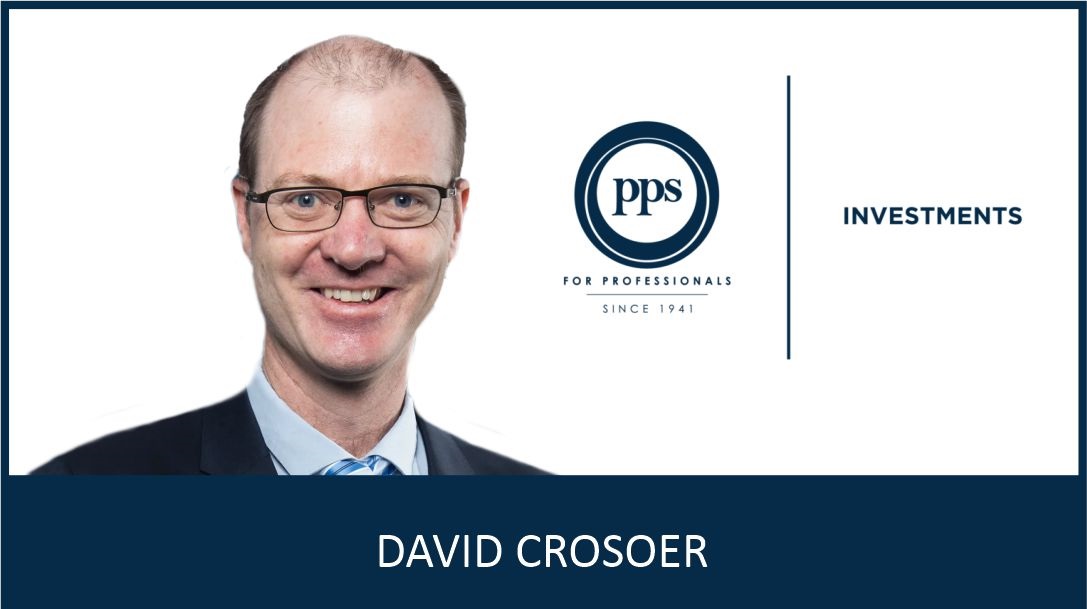David Crosoer, Chief Investment Officer at PPS Investments
The South African Reserve Bank (SARB) recently signalled its intention to target the lower band of the 3%–6% inflation range, having previously adopted the mid-point (4.5%) as its formal objective in 2019. This shift suggests a deliberate effort to anchor investor expectations closer to 3%, potentially reshaping long-term assumptions about South African inflation.
With current inflation hovering near the bottom of the band, SARB’s messaging implies a commitment to keeping it there. Achieving this will require maintaining higher short-term interest rates for longer. And, given all the known inefficiencies in the South African economy, it also raises questions about whether targeting a lower inflation rate in the absence of proper structural reforms will make things harder for our economy to grow and constrain further the ability to service our ballooning debt.
The dilemma for SARB – and for long-term domestic holders of government debt like ourselves, is that both real economic growth and the debt-to-GDP ratio continue to deteriorate. A hawkish monetary policy aimed at suppressing inflation may not support either metric. In fact, it could exacerbate fiscal pressures if growth remains subdued.
In the short term, foreign investors have responded positively. The prospect of lower inflation has increased their willingness to fund government debt, with expectations of capital gains. This has contributed to a decline in long-term yields on South African nominal bonds.
However, the implications for debt sustainability are more nuanced. Lower inflation will clearly reduce the cost of inflation-linked debt, which adjusts with the consumer price index. But for nominal debt, the benefit is less straightforward. If SARB must keep real interest rates elevated to maintain low inflation, the cost of servicing nominal debt may not fall meaningfully – and could even rise in real terms.
Globally, most emerging market central banks target the mid-point of their inflation bands. Developed market central banks typically aim for a symmetrical point target – usually 2% – which they may overshoot or undershoot but seek to average over time. SARB’s new approach appears to aim for an average inflation rate as close to 3% as possible, though presumably not by allowing inflation to fall below that level.
Historically, since adopting inflation targeting in 2002, South Africa has rarely seen inflation below 3%. The policy was introduced after two decades of double-digit inflation, but prior to the 1970s, periods of very low or even negative inflation were not uncommon.
One ambiguity in SARB’s approach is whether it will treat deviations below 3% with the same urgency as those above 6%. If not, the policy could invite political pressure when inflation undershoots, with monetary policy perceived as overly restrictive. This could put unwanted pressure on the SARB and compromise its perceived independence.
The Bank’s motivation is understandable. Since adopting inflation targeting, South Africa’s average inflation rate has not diverged significantly from its long-term historical trend. Yet inflation has remained within the 3%–6% band for most of the time. By committing to the lower band, the Bank hopes to reduce the inflation risk premium embedded in government debt yields.
Our own internal models currently assume a long-term inflation rate of 5.5%. If we – and other investors – adjust this assumption downward in response to SARB’s signalling, we should be willing to fund government debt at lower yields. This is the outcome SARB is hoping for: that greater certainty around inflation will reduce the premium investors’, including foreign ones, demand to hold South African debt.
That said, South Africa’s structural inefficiencies, particularly in labour, energy, and logistics – have historically required a higher inflation rate to absorb rigidities and maintain nominal growth. Unexpected inflation can also help relieve the pressure on ballooning government debt. Driving inflation closer to the levels of our more efficient trading partners may inadvertently constrain the economy, making it harder to adjust and grow. In this context, a lower inflation target may be aspirational, but not necessarily optimal.
ENDS

























































































